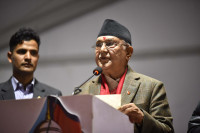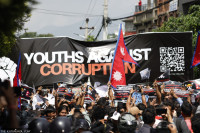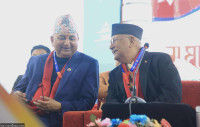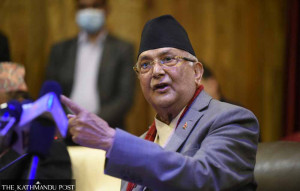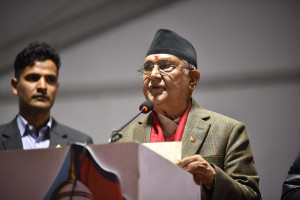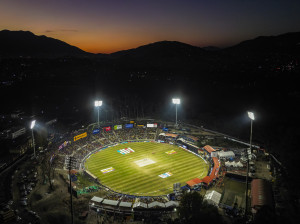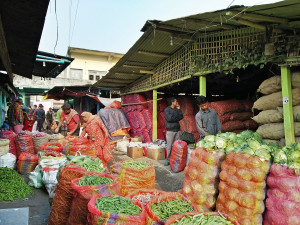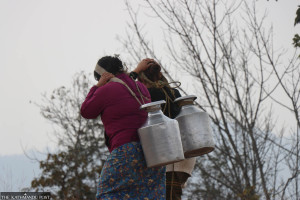Editorial
Basics first
The digital push in Karnali province shows a disconnect between policy-making and people.
Talk of irony! In a bid to turn Karnali Province, Nepal’s remotest, into the first fully digital province, authorities there initiated an ambitious ‘Digital Karnali’ campaign in January 2018. Since, the provincial government has made it a priority and poured a handsome sum into it each fiscal year. For this year alone, Rs1.5 million has been set aside, with the upcoming budget set to prioritise it. Through digitalisation, they aim to make government services easier, transparent and cost-effective. However, the project has not seen the light of day as its master plan is still in limbo. According to the Province Financial Comptroller Office, around Rs130 million set aside for Digital Karnali programmes hasn’t been used. Most notably, this campaign has garnered extensive criticism from local officials and citizens alike, as most of Karnali’s rural areas lack basic infrastructure and connectivity such as electricity, telephone and internet access.
According to the National Statistics Office, only 67.5 percent of the population has access to electricity in the province, meaning the rest of the people are still forced to live in darkness. Electricity access is even lower in its most remote districts—Humla, Mugu and Dolpa. Take Humla. Out of 11,228 households in the district, only 196 have landline service, 4.78 percent of inhabitants enjoy internet access, and just 397 people use the internet regularly. The WorldLink service in the district is so expensive—Rs10,000 a month—that it is beyond the reach of most folks. In Dolpa, of 42,371 residents, only 643 people use the internet regularly. Even with solar power installed in hills and mountains, unfavourable weather obstructs mobile signals for days. For instance, the 3,000-watt solar units in Humla’s Nepal Telecom office are useless in the evening.
Communication has thus become impossible in the province. Still, the 132 kV transmission line in Birendranagar, expected to relieve the province’s woes, has seen no progress in the past four years. As a result, people living in remote parts of the province must trek to places with internet, electricity or telephone connectivity. Even basic tasks like submitting school documents entail a tiring journey to centres with connectivity. In Simikot, Humla, people deal with frequent power cuts lasting five to 10 hours a day, rendering internet cables nearly useless. Residents are also frustrated with snail-paced web speeds. Computer labs remain unused in schools, affecting students’ learning. But then the province’s policies have also stalled. Last year, Rs140 million budget allocated for the Chief Minister’s Digital Education and Model School Programme was frozen. Where a stable power supply remains a challenge, promises of digital literacy programmes, smart classrooms and the use of software to correspond with the government ring hollow.
There’s nothing wrong with the idea of transforming a province that has remained untouched by the outside world for many decades—not just due to its geographical vulnerability but also due to Kathmandu’s neglect. Yet the digital push also exemplifies a disconnect between policy-making and people’s actual problems. The first priority must be to ensure uninterrupted electricity, reliable mobile towers and affordable internet—serious infrastructure investment that residents of Karnali desperately need. Only then comes the part of directing state resources to digitalisation. In the absence of enough and with poor internet access, even commendable projects like smart classrooms and digital awareness programmes will be doomed. Policymakers still have time to correct course and get their priorities right.




 7.12°C Kathmandu
7.12°C Kathmandu
